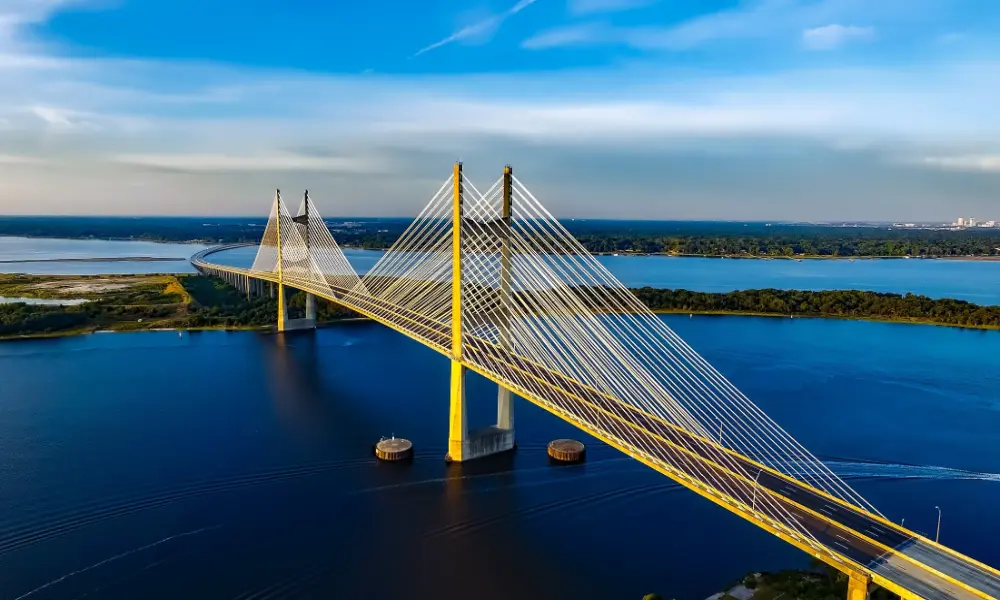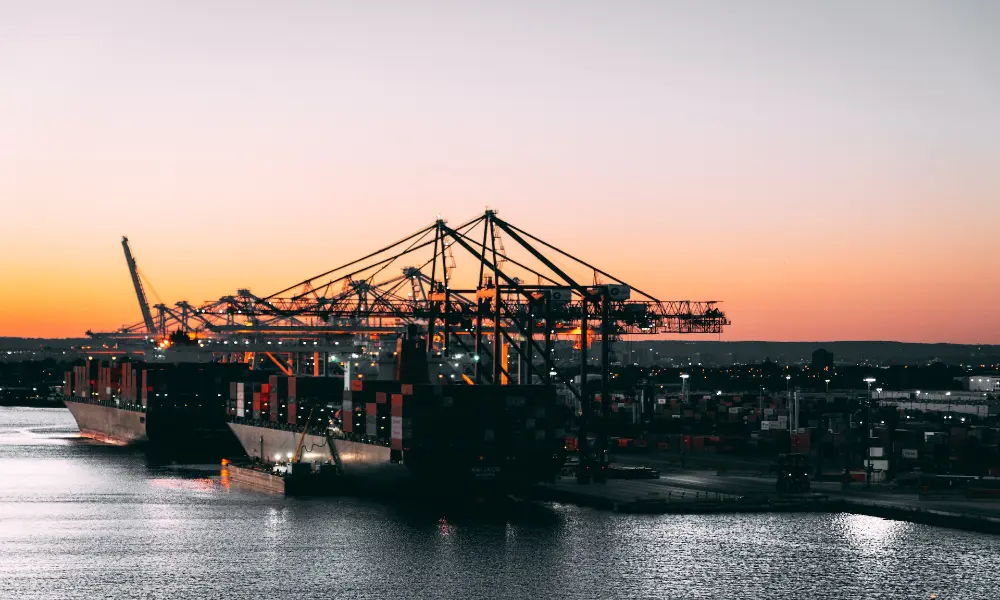Eastern Pacific Shipping, in collaboration with the Global Centre for Maritime Decarbonisation, has recently accomplished a biodiesel fuel trial using one of its gas carriers. This initiative underscores an innovative leap in the tackling of carbon emissions within the maritime industry.
The Historical Event – Key Features
On July 24, the LPG-fueled vessel, Kaupang, was replenished with approximately 200 metric tons of a specifically blended B30 biofuel. This concoction consisted of 30% Hydrotreated Vegetable Oil (HVO) and Marine GasOil (MGO) and was administered at the Flushing port, the GCMD reported in a statement.
Regularly operating on LPG, the dual-fueled gas carrier also requires oil-based bunkers for its pilot fuel. The biofuel blend specifically created for the trial was employed for this function. The process was supervised by VPS, a leading testing and decarbonization advisory firm, to ensure that the fuel matched the quality standards stated in EN 15940 and ISO 8217 specifications.
Aim and Impact of The Trial
Following a stringent quality assessment process, the successful completion of this trial heralded a novel approach to reducing emissions. “The lessons derived from this trial will solidify our strategies for ensuring emission reduction in the face of paying a premium for eco-friendly fuels over traditional fossil fuels,” stated Sanjay Kuttan, Chief Technology Officer at GCMD.
Multiple tracking methodologies were tested during the pilot, proving that they can validate the authenticity and quantity of sustainable biofuels in the supply chain. Furthermore, it was established that blending biofuel with LPG could be a valid strategy for vessels to align with the IMO’s revised decarbonization target for 2030.
Growing Demand for Biofuels
It’s noteworthy that the demand for biofuel bunker blends is grappling an upward curve as shipowners deem them a plausible substitute for conventional fuels. Their lower carbon footprint facilitates a decrease in GHG emissions without necessitating the costly investment in newer ships engineered to run on alternate fuels.
This bolsters the promise of biofuels as a catalyst in the industry-wide shift towards a more sustainable and carbon-neutral future, advancing maritime decarbonization like never before.



